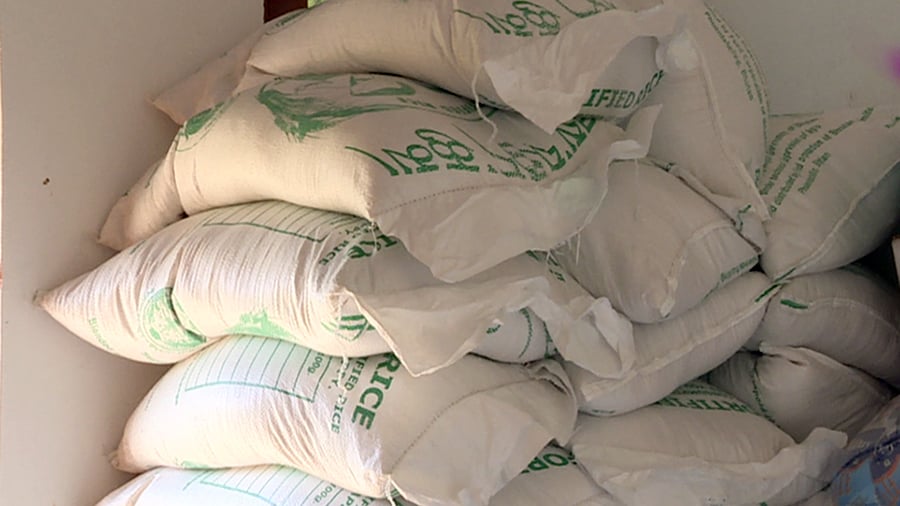
About five years ago, most schools in the country started giving fortified rice, which is enriched with vitamins and minerals, to its students. Since then, the Education Ministry reported a significant reduction in incidences of malnutrition and an overall improvement in children’s health. With support from the World Food Programme, the ministry has been able to ensure that students receive essential nutrients for their well-being by replacing normal rice with fortified one.
Fortified rice is imported from India and then blended with local rice by the Food Corporation of Bhutan in Phuentshogling.
According to the education ministry, it is distributing fortified rice to 500 schools across the country as of now under the National School Feeding Programme.
“Fortified rice has played a pivotal role in enhancing the health of our children. A recent study by the Ministry of Education and Skills Development and the World Food Programme showed that children in boarding schools have better body mass index, compared to day scholars. It clearly shows that fortified rice has helped enhance the health of our children,” said Karma Wangchuk, the Chief Programme Officer of the Health and Wellbeing Division of the ministry.
Bjemina Primary School in Thimphu is one of the schools under the National School Feeding Programme. The school provides lunch to about 300 students.
According to the school’s Principal, they started providing fortified rice to students in 2020. The principal added that there have been no incidences of malnutrition in the school since then.
“At the growing age, it is important to have all the vitamins in place for our children to grow well because that plays an important role in their physical development. Fortified rice contains vitamins A, B1, B3, B6, B9, B12, iron and zinc,” said Karma Wangchuk, Chief Programme Officer.
The chief programme officer also said that iron supplements through fortified rice have reduced iron deficiencies among girls.
According to the Annual Health Bulletin 2022, incidences of malnutrition in the country have decreased since 2019.
Deki Lhazom
Edited by Tshering Zam





